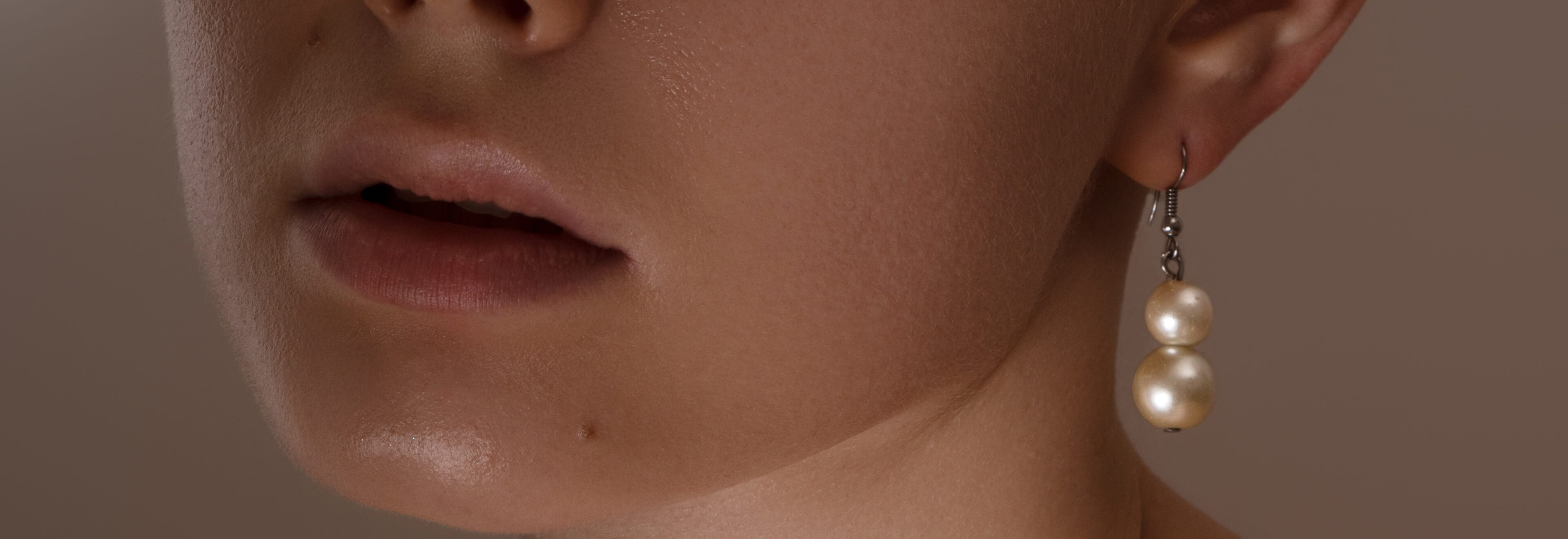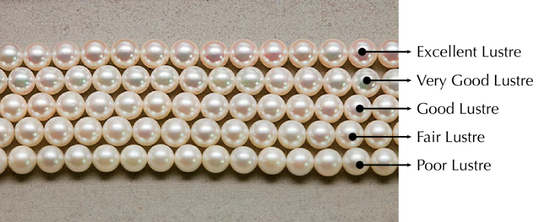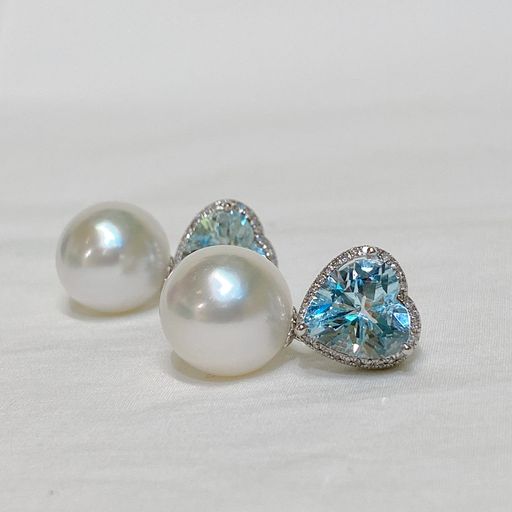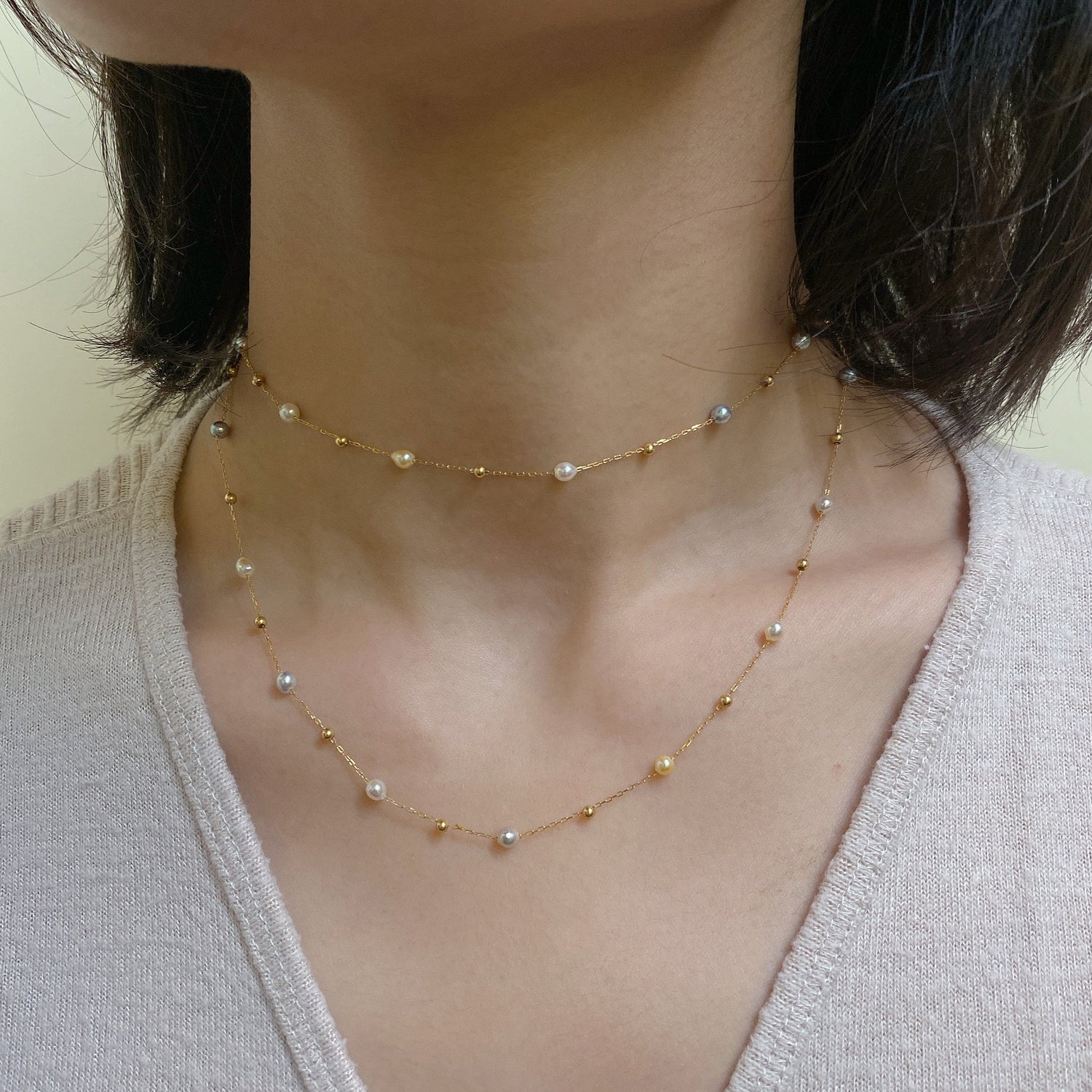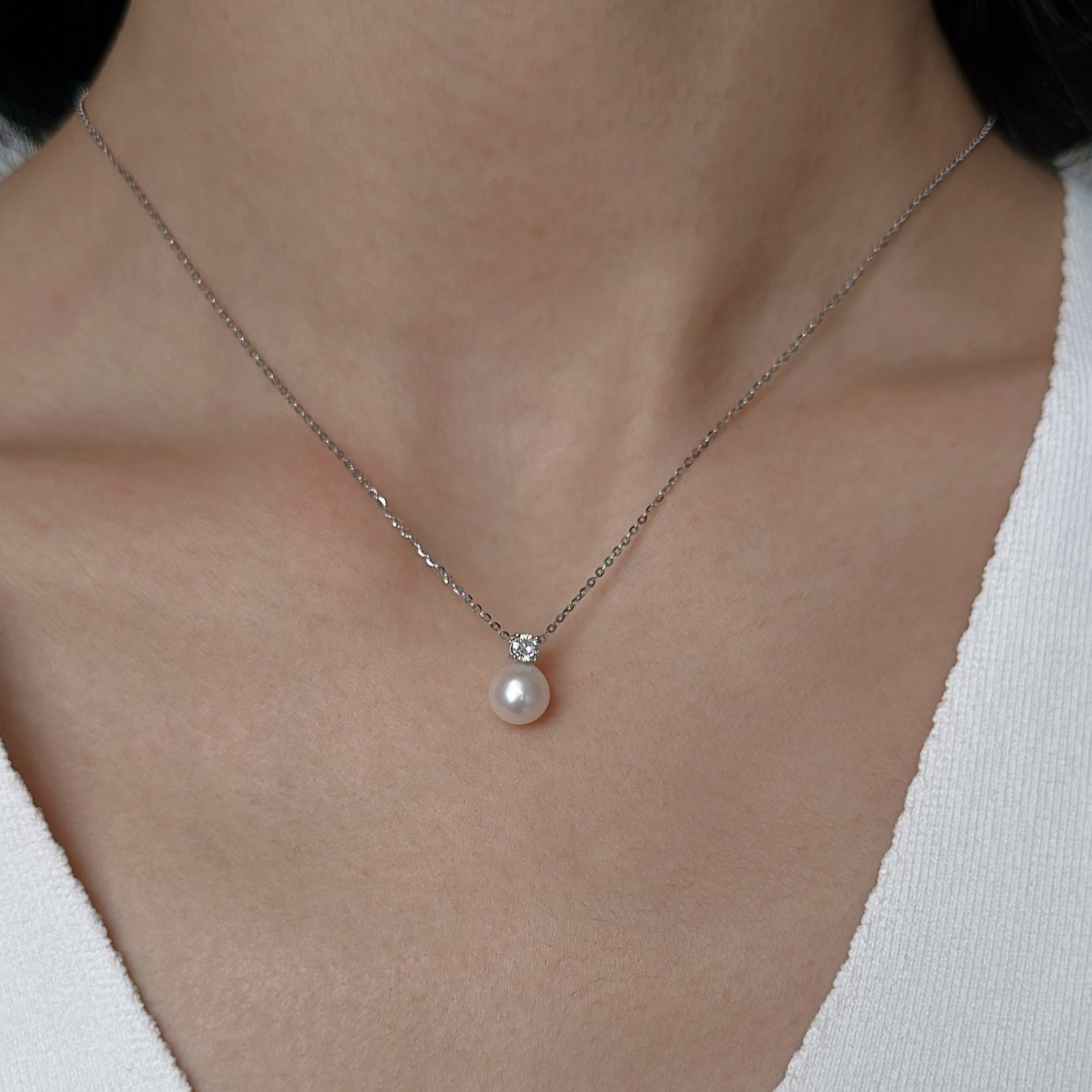OVERVIEW - SOUTH SEA PEARL
South Sea pearls generally have the highest value and command the highest prices of all types of pearls. South Sea pearls are generally much larger than other pearl types (commonly in the 10 - 13mm range) and have a unique and luxurious satin-like lustre quality. They also have the thickest average nacre of all cultured pearls.
Australia, Indonesia, and the Philippines are leading sources of South Sea pearls. Their colors can be white to silver or golden, depending on the type of oyster. Their large size and thick nacre, due to a long growth period, plus their limited critical growing conditions are all
WHITE SOUTH SEA PEARLS
White South Sea pearls generally retain the highest value of all pearl types. Because of their scarcity and unusually large size range, they command much higher prices. It is common for the retail prices of fine quality South Sea necklaces to be in the range of $10,000 to even $300,00 or more.
Most white South Sea pearls are cultured along the northwest coast of Australia. Attempts to expand South Sea pearl farming have met with little success because the oysters do not thrive outside their native, natural environment.
GOLDEN SOUTH SEA PEARLS
Golden South Sea pearls are produced primarily in the Philippines and Indonesia. The value of a golden South Sea pearl heavily depends upon the color; the deeper the golden color, the more valuable the pearl. The overall value of golden South Sea pearls is higher than Akoya or Tahitian pearls, and very comparable to white South Sea pearls.
QUALITY FACTORS
-
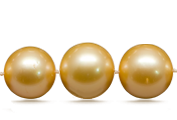
SIZE
Cultured pearls range from 2-16mm in diameter, depending on the mollusk used.
-
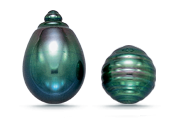
SHAPE
Spherical pearls are the most valued but symmetrical drops are also sought.
-

Luster
Pearls with high luster have sharp bright reflections on the surface.
-
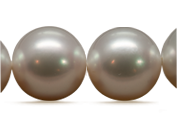
SURFACE QUALITY
The number of blemishes on a pearl's surface is evaluated to judge quality.
SIZE
In general, the larger the pearl, the more valuable it is. Different varieties come in different sizes: South Sea cultured pearls are the largest.
SHAPE
Round is the most difficult shape to culture, making it the rarest cultured pearl shape and—if all other factors are equal—also generally the most valuable. There are exceptions, though. Well-formed pear, oval, or baroque (irregularly shaped) cultured pearls are also prized by pearl lovers. Different pearl types are held to different standards when classifying
shape. Japanese saltwater cultured pearls are held to the strictest standards for shape.
LUSTRE
Of all pearl quality factors, lustre might be the most important. Lustre is what gives a natural or cultured pearl its unique beauty.
Aslowe only uses pearls with very good or excellent lustre.
SURFACE QUALITY
Like colored stones, most pearls never achieve perfection. Some might show abrasions that look like a series of scratches on the surface, or a flattened section that doesn’t affect its basic shape, or an irregular ridge that looks like a crease or wrinkle.
If surface characteristics are numerous or severe, they can affect the durability of the pearl and severely depress its value. Surface characteristics have less effect on the pearl’s beauty and value if they are few in number, or if they are minor enough to be hidden by a drill-hole or mounting.
ASLOWE SOUTH SEA PEARLS
Aslowe South Sea pearl products are made from high-quality saltwater cultured South Sea pearls directly from the source by our team of pearl experts for their inherently large sizes, unique optic white or golden color and luxurious luster.
PEARL TRIVIA
Pearl is the birthstone for June and the gem of the third and thirtieth anniversaries.
SOUTH SEA PEARL CARE
South Sea pearls are the rarest of all pearl types and should be treated with care. Wipe it clean with a soft cloth after wear and
store it in your Aslowe jewelry box or pouch. Avoid exposure to sharp objects, heat, perfume, or cosmetics.
Read more about pearls from GIA gem encyclopedia.
Source:
www.gia.edu/pearl
